In the 1950s and 1960s, bread and dripping was a teatime staple. Mum had cooked the roast beef or pork for lunch and served up the leftover fat and juices, spread on bread, for tea.
But how times change - today's equivalent is a much more upmarket affair. Chunks of organic bread dipped into dainty bowls of extra virgin olive oil, served as an appetiser.
According to Simon Bell, retail director at Merchant Gourmet, that's because the olive oil market is following in the footsteps of New World wine.
"Twenty years ago people either drank red or white wine," he says. "Now they are particular about their regions and have their favourites - this is especially true of New World Wines. And so, too, consumers have gone from buying cooking oil to trading up to olive oil because it is perceived as being healthier, and have gone from there to extra virgin olive oil because it's better quality."
And, as with wine, snobbery has also crept into the olive oil market, says Bell. "Consumers also have their everyday olive oil and their 'special occasion' oils, which could be extra virgin for dipping or pumpkin seed for salads."
According to TNS data for the year ending 23 April 2006, olive oil accounts for more than 50% of the £185m edible oil category, with extra virgin, light and standard olive oils adding up to a combined value of £97.4m.
Neil Brownbill, brand manager at Princes Foods, says: "Nearly seven out of ten households buy cooking oil and the average weight of purchase is growing at 2.2% year-on-year. Olive oil has a household penetration of 50% and average weight of purchase is growing by 2.3% year-on-year. This shows that there is strong consumer demand in a category that has experienced huge price inflation over the past year."
Pricing has indeed been a problem - because of crop shortages in drought-ridden Spain, which is the biggest supplier of olive oil in the world.
Clare Marsden, general manager at Carbonell UK, says: "In the past 12 months, the pricing of olive oil at source has followed a rollercoaster path, partly because of real fears of crop shortages, due to the drought conditions in Spain, and partly because of speculation.
"The situation is still not at all stable, despite the fact that the forecast is very good for the new Spanish crop."
Marsden adds that fluctuating olive oil prices are making life difficult for consumers faced with a wide range of prices and brands. "There is a lot of disparity on the shelf in terms of pricing, leaving consumers more confused than ever when making their decision at the point of sale," she says.
Diana Anderson, brand manager for Filippo Berio, agrees that the pressure is on. "This year the olive oil market has been hit by very steep price inflation because raw material prices have soared due to two consecutively poor harvests in Spain, together with increased demand," she says.
"This has been reflected in the high street with a rise in retail prices of up to 50% across the board. For example, an own-label extra virgin 500ml product that sold this time last year for £1.58 would today retail at £2.37. During the same period, Filippo Berio has moved from £2.99 to £3.99."
Anderson says that inflation has led to a downturn in volume growth, but stresses that the UK market is still in growth. "In other countries, volume declines have been recorded and companies have been unable to promote due to pricing pressures."
The use of edible oils as biofuel is also having an effect on pricing, says Brownbill. "Edible oils as biofuel is good for the planet, but it's having a major impact on the category," he says. "It has led to sustained increases in the price of these oils. Prices are now significantly higher than the food industry has traditionally paid."
Brownbill says that the price per tonne for refined oil during the middle of June 2006 was 18.2% higher than the year before.
"While we have always been used to year-on-year price fluctuations due to differing crop yields, this new pricing influence represents a longer-term challenge.
"Prices would normally fall at this time of year, but with more rapeseed than ever before being used as an additive to crude oil, prices have remained high and show no sign of falling significantly. These higher costs have started to impact on the marketplace."
Merchant Gourmet's Bell describes the supply and pricing problems as a nightmare. "You're talking about a natural product, so you can't just crank up production to make more," he says. "Supermarkets are reluctant to put up prices because consumers don't understand the reasons behind the increases, so it's left to suppliers to bear the brunt."
However, there's still a lot of optimism in the industry. Remmelt Jongkind, marketing director at Napolina, says the big incentive for companies in the olive oil category is to win consumer loyalty.
"Household penetration is still lower than standard cooking oil, so brands that can entice consumers into buying olive oil, through education and shelf stand-out, have the most to gain."
Jongkind says that by continuing to provide value to consumers, brands can secure continued growth. For example, Napolina is offering consumers a range of 'extra free' packs to encourage purchase.
"We are planning a programme of consumer activity to help people understand the uses of different oils and to encourage them to buy across the category."
Jongkind says olive oil is a "high-involvement purchase" and that consumers have a genuine interest in where olive oils come from and the different taste profiles of different varieties. However, consumers also need to feel that they are getting value for money, he adds.
Own label also performs particularly well in the category, accounting for a 62% value share of the total cooking oil market and 56% of olive oil sales. According to the big brand suppliers, own label remains the driving force in the market.




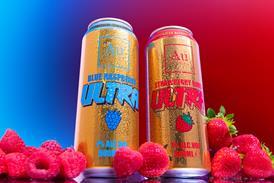




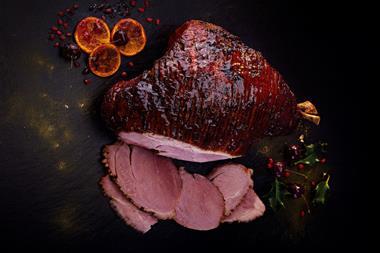
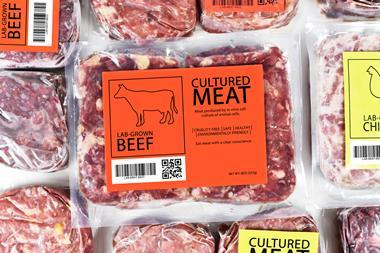
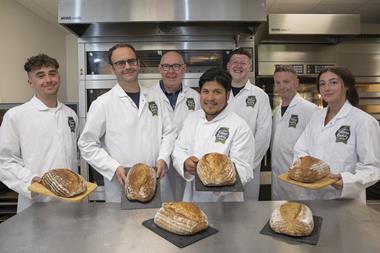
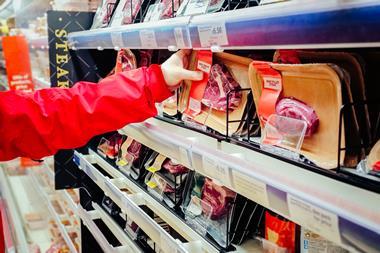
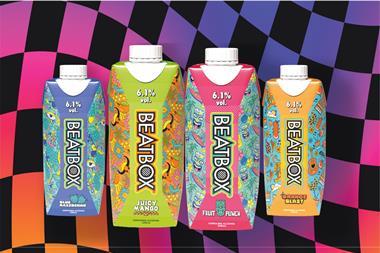



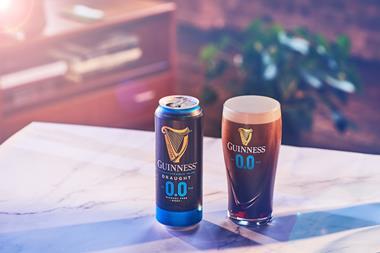
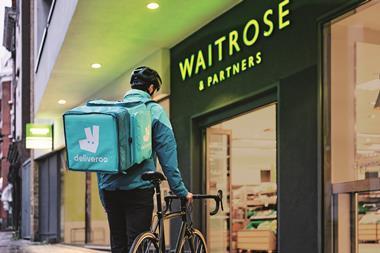
No comments yet